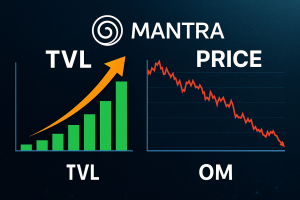- The proposed solutions include reducing the number of signatures required from validators, and addressing technical complexities arising from Ethereum’s pursuit of decentralization.
- The adjustments, including a transition to a moderate level of signatures per slot, intend to enhance the chain’s quantum resistance and maintain effective slashing mechanisms.
Vitalik Buterin, Ethereum’s co-founder, has put forth proposals to alleviate the burden on the Ethereum blockchain and streamline its proof-of-stake (PoS) consensus mechanism. The objective is to minimize the number of signatures required from validators, leading to a lighter workload on the Ethereum blockchain network.
Ethereum’s pursuit of decentralization and user participation in staking, with a support base of approximately 895,000 validators, has encountered notable technical hurdles.
The substantial volume of signatures, averaging around 28,000 per slot, places a considerable strain on the network. This approach presents challenges such as issues with quantum resistance, intricate forking processes, and the necessity to scale signatures through zero-knowledge proofs (SNARKs).
A PoS simplification proposal: make a design that only requires 8192 signatures per slot (even with SSF), making the consensus implementation considerably simpler and lighter.https://t.co/Z8mK7vZx7g
— vitalik.eth (@VitalikButerin) December 27, 2023





















